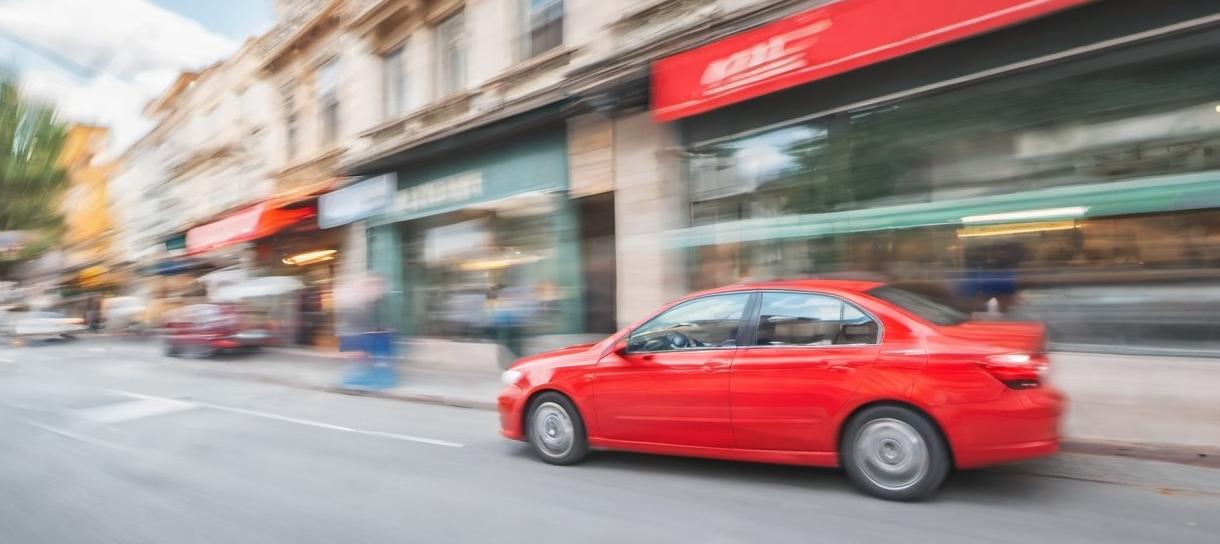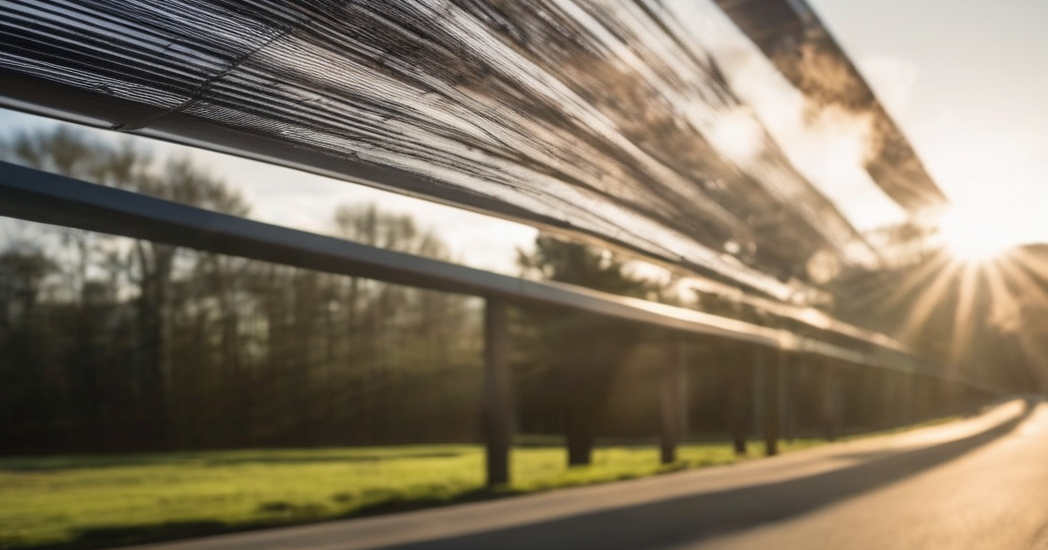What is GRR shutter? What are the common problems and solutions?
In applications such as retinal scanning, rolling shutter cameras are used to capture images with low exposure delays in order to maximize the approximation of the human eye. In this case, the camera needs to expose itself to the entire eye or retina in a single shutter to avoid rolling shutter artifacts. So, how do we go about accomplishing this, considering that rolling shutter cameras expose each frame line by line?
That's what we need to know in this post. Some rolling shutter cameras are equipped with a Global Reset Release (GRR) feature that solves this problem nicely. Let's take a closer look below.
Common Shutter Types
Previously, we've looked at two common camera shutter types: global shutter and rolling shutter.For more on the difference, see this article.
what is a global shutter?Global shutter technology allows all pixels on a camera's sensor to be exposed at the same time, and is especially effective for capturing fast-moving objects or shooting while the camera is moving, as it reduces motion blur and image distortion. However, it is usually more costly.
whats rolling shutter?Rolling shutter technology, on the other hand, exposes pixels one by one, which can also lead to what is known as the “rolling shutter effect,” which can result in image distortion when capturing fast-moving objects. Nevertheless, rolling shutter cameras are favored in many applications because of their cost-effectiveness and low noise characteristics.
So in order to solve the problems associated with global open and rolling shutter, while maintaining the advantages of both, Global Reset Release Shutter (GRR) was created.
What is GRR mode?
what is a global reset?The Global Reset Release Shutter (GRR) is a variant of the Global and Rolling Shutters that combines the features of both the Global and Rolling Shutters and is designed to reduce or eliminate the rolling shutter effect while maintaining cost-effective and low noise levels.The GRR shutter mimics the behavior of the global shutter during the exposure phase, where all pixels start exposing at the same time, but resembles the Rolling Shutter during the reading phase, where the pixel data is read out line by line.
This unique operating mechanism makes the GRR shutter particularly suitable for application scenarios where fast moving objects need to be captured while keeping costs under control. Examples include industrial vision inspection, robot navigation, and high-speed imaging applications.The GRR shutter provides sharper images than traditional rolling shutters while avoiding image distortion caused by line-by-line exposure.
How does GRR mode work?
The workflow of the Global Reset Release Shutter (GRR) mode involves three main stages: the reset stage, the integration stage and the readout stage.
During the reset phase, all rows of pixels in GRR mode are reset at the same time, ensuring consistent exposure. This reduces motion blur and image distortion when capturing fast moving objects.

In the Integration stage, all pixel rows begin to be exposed simultaneously, capturing the light in the scene. In this stage, the GRR mode is similar to the global shutter, providing the camera with the ability to capture a dynamic scene without being affected by the rolling shutter effect. The readout phase, however, returns to the characteristics of a rolling shutter, where rows of pixels are read line by line, which can lead to uneven brightness, especially between the top and bottom of the image.
To effectively control the GRR mode, consistent illumination can be provided during the integration phase through the use of a flash or an external light source, thus ensuring that all pixel rows are exposed for the same amount of time. This control can be achieved through GPIO pins or I2C communications, triggering the GRR sequence and synchronizing the illumination. For example, Basler cameras provide the ReadoutTimeAbs parameter to help the user determine the sensor readout time, while Sinoseen camera module provide customized GRR mode support.
Problems that may be encountered using GRR mode and their solutions
Although the Global Reset Release Shutter (GRR) mode offers significant advantages in terms of minimizing the rolling shutter effect, there are some drawbacks, especially in terms of image brightness uniformity and exposure control. To overcome these problems, the following techniques and strategies can be employed
Use of an external mechanical shutter
Since the rows of pixels in GRR mode are read with different exposure times, this results in uneven brightness of the image, especially between the top and bottom of the image. To solve this problem, an external mechanical shutter can be used, which closes at the end of the integration phase, preventing further exposure of the sensor by ambient light during the reading of the initial rows. This method ensures that the sensor is not exposed to additional light during the reading process, thus maintaining a consistent image brightness.
Ambient Light Suppression
By using the flash during the exposure and ensuring that it is turned off immediately after the exposure is complete, it is possible to mimic the effect of a global shutter and reduce uneven brightness due to differences in exposure times between rows. This method requires precise control of flash on and off to match the exposure time of the GRR mode.
In addition, exposure consistency can be further improved by using high-speed synchronized flash technology. This technique allows the flash pulses to be synchronized with the camera's exposure time, ensuring that all rows of pixels are exposed for the same amount of time, thus reducing brightness differences in the image.

Software Adjustment
Uneven brightness due to GRR mode can also be compensated for to some extent by software adjustment. By analyzing the image data, brightness variations can be identified and corrected to improve the overall quality of the image.
How do I go about choosing the right type of shutter?
First, consider the motion characteristics of the application. If your application involves high-speed moving objects or cameras, a global shutter may be the best choice because it exposes all pixels simultaneously, effectively avoiding different between motion blur and image distortion. If your application is cost-sensitive and motion blur is not a major concern, rolling shutter may be a cost-effective option.
For applications where cost and image quality need to be balanced, the GRR shutter offers a compromise. the GRR shutter mimics the behavior of a global shutter during exposure, reducing the rolling shutter effect while maintaining some of the advantages of a rolling shutter. This makes the GRR shutter suitable for industrial vision inspection, robotic navigation, and high-speed imaging applications, especially in scenarios where precise control of illumination is required to minimize image artifacts.
In addition, other factors of the system such as frame rate, sensor sensitivity, illumination conditions and post-processing capabilities should be considered. Make a comprehensive decision.
In conclusion, I hope this article has helped you understand the Global Reset Release Shutter. If you have any need for a customized global reset release shutter camera module, please feel free to contact us, Sinoseen has many years of experience in the industry and a wide range of products, we are sure that we can provide you with the most suitable camera module solution.
Frequently Asked Questions
Q: How does the shutter type affect the image quality?
A: Global shutters provide distortion free images, rolling shutters can cause image distortion, and GRR shutters minimize distortion while remaining cost effective.
Q: How does a GRR shutter reduce the rolling shutter effect?
A: The GRR shutter reduces image distortion due to line-by-line exposure by precisely controlling illumination as all pixels are exposed at the same time and read out is done line-by-line.

 EN
EN
 AR
AR
 DA
DA
 NL
NL
 FI
FI
 FR
FR
 DE
DE
 EL
EL
 HI
HI
 IT
IT
 JA
JA
 KO
KO
 NO
NO
 PL
PL
 PT
PT
 RO
RO
 RU
RU
 ES
ES
 SV
SV
 TL
TL
 IW
IW
 ID
ID
 SR
SR
 VI
VI
 HU
HU
 TH
TH
 TR
TR
 FA
FA
 MS
MS
 IS
IS
 AZ
AZ
 UR
UR
 BN
BN
 HA
HA
 LO
LO
 MR
MR
 MN
MN
 PA
PA
 MY
MY
 SD
SD














